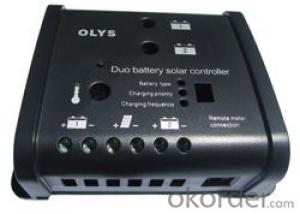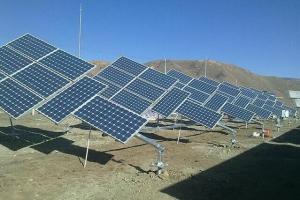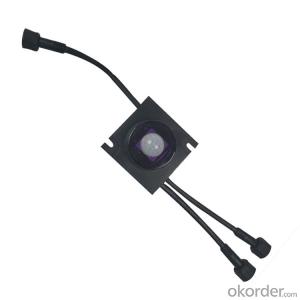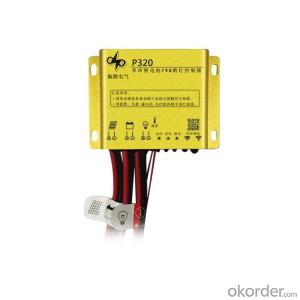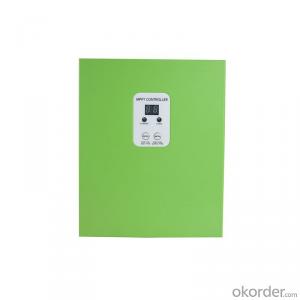Grounding Solar Inverter
Grounding Solar Inverter Related Searches
Best Inverter Solar Panel Solar Panel On Roof Rack Inverter To Solar Panel Ratio Solar Panel Decking Lights Solar Panel Inverter Box 1000 Watt Solar Panel Inverter 12 Volt Solar Panel Inverter Plastic Solar Lanterns Buy Solar Panel Inverter Solar Panel Inverter CostHot Searches
Type Of Inverter For Solar Types Of Inverter For Solar Used Solar Inverter For Sale Inverter Size For Solar System Solar Edge Inverter For Sale 5kw Solar Inverter For Sale Solar Inverter For Sale Solar Inverter For Battery Solar Inverter For Split Ac Solar Inverter For Laptop Solar Inverter For Fridge Solar With Inverter Price Solar Inverter With 2 Battery Solar Inverter Price In China Best Solar Inverter In China Solar Inverter Price In Dubai Solar Inverter Price In Uae Solar Inverter Price In Kenya Solar Inverter Price In Kerala Solar Hot Water Collectors For SaleGrounding Solar Inverter Supplier & Manufacturer from China
Okorder.com is a professional Grounding Solar Inverter supplier & manufacturer, offers integrated one-stop services including real-time quoting and online cargo tracking. We are funded by CNBM Group, a Fortune 500 enterprise and the largest Grounding Solar Inverter firm in China.Hot Products
FAQ
- No, solar controllers do not require a separate power source. They are designed to work directly with the power generated by solar panels.
- The maximum current rating of a solar controller can vary depending on the model and specifications, but it is typically in the range of 10 to 60 amps.
- The maximum power loss in a solar controller typically depends on the specific model and its efficiency rating. However, in general, modern solar controllers have minimal power losses ranging from 0.5% to 2%.
- Yes, a solar controller can be used with partially covered solar panels. However, the efficiency of the solar panels may be reduced depending on the extent of the coverage. It is important to ensure that the solar controller is properly set up and programmed to optimize the energy output from the partially covered solar panels.
- No, a solar controller is not typically used for grid-tied solar systems. Grid-tied solar systems are designed to feed excess energy back into the electrical grid and do not require a controller to regulate the flow of electricity.
- A solar controller, also known as a charge controller, regulates the flow of electricity between the solar panel and the battery. It ensures that the battery is charged efficiently and protects it from damage due to overcharging or overdischarging. The solar controller monitors the battery's voltage and adjusts the charging current accordingly. It also prevents reverse current flow from the battery to the solar panel during low or no sunlight conditions. Overall, a solar controller helps optimize the performance and lifespan of the battery in a solar power system.
- Solar controllers typically last around 10 to 15 years, depending on the quality of the controller and how well it is maintained.
- To determine the correct wire size for a solar controller, you need to consider the maximum current that will flow through the wire and the distance it needs to travel. You can refer to the manufacturer's specifications for the solar controller to find the maximum current rating. Then, use a wire gauge chart or an online calculator to determine the appropriate wire size based on the maximum current and the distance the wire needs to cover. It's important to choose a wire size that can handle the maximum current without excessive voltage drop to ensure the solar controller operates efficiently and safely.




































